WORKSHOP
FUTURE MOBILITY
SENSING THE FUTURE
SPD Scuola Politecnica di Design, Milan
Car and Transportation Design Program
11-15 April 2016
CONTENT
The workshop aims to create an innovative vision and demonstrate its commitment to shaping the future of mobility in an urban context, considering the concept of driving based on the journey rather than the destination. Projects will be prospectively questioning what the technological and socio-cultural progresses are and how these will affect the evolution of the car and its intended use to provide an immersive travel experience. On the other hand, during the studies, proposing design as a method of inquiry and focusing on future transportation systems and programs in regards to the new mobile subculture will be discussed. One of the primary purposes of this workshop is to reflect on the multiple aspects of mobility as well as its symbolic and aesthetic content and open the way towards transdisciplinary studies that increasingly claim their place in the social and cultural dynamics of the contemporary world.
The workshop also investigates how the biotic relations between man and machine and the transformation of user interactions will allow people to reflect their senses, feelings, and patterns to create a more human-like context with the vehicles in the future. Parallel to the future studies, projects will focus on the analysis of contemporary transportation networks as habitats, artificial infrastructures, and organisms and embrace the interrelations and qualities of vehicles concerning their interactions with inhabitants. The process will explore a collaborative expression and synergistic scope together with emotional experiences and sensorial comprehensions to propose a deep reflection on new forms of future mobility, considering the problematics in rather complex ways in terms of transportation and global issues.
The Art of Mobility is a sub-topic that aims to create a space for the students to generate their ideas about how mobility and movement relate to future mobility. Therefore, the preparatory models that students will ask to create intend to feature a right blend of agile and dynamic volumes and capture the essence of nature; furthermore, during the workshop, students will dissolve their artistry into one another at close range while exploring abstract landscapes and forms to excite.
Students will be responsible for documenting and presenting the design process in the final proposal and facilitating different communication tools and methods where necessary.
ABSTRACT
The workshop aims to observe how future technologies can be reflected into the configurations between man and machine in the context of cognitive sensations, spatial perceptions, and imaginary emotions according to mobility patterns and tools. During the studies, the biotic relationship between man and machine envisaged in accordance with the way of ultra-modern life will be assessed. Further, to predict our next steps and understand anthropoid-like relations with future mobility tools, they will take place in conjunction with life needs, the urge for movement, speed, and freedom.
The workshop focuses on the future mobility paradigm corresponding to the transition between physical space and conjectural (simulated) space within the perception of time and space. In this context, vibrant and paradoxical life structures, social patterns and networks, and physical or virtual environmental norms will be considered as essential parameters to reflect the multidisciplinary approach of the workshop. Studies also aim to generate arguments and hypotheses to analyze how future mobility patterns will impact everyday life according to the eventual lifestyle of globals.
In regards to future transportation and mobility notions consisting of advanced technologies and new production systems, projects will be assessed in the context of abstract, variable, modular, transformable, transmorphable, programmable, flexible, and adaptable norms and evaluated by a wider sense of spatial perception in comprehension with movement, motion, embodiment, velocity, and the concept of driving. Furthermore, projects will be considered in accordance with social, cultural, ecological, technological, and sustainable aspects and intended to shift the perception of the structural and functional formation of cars towards an immersive integrity along with broadening aesthetic and symbolic values.
THE PROJECT
In a future sense, monitoring the evolution of existing relations between man and machine in accordance with changes that may occur per hypothetical, intuitional, conceptual, fictional, and speculative future mobility paradigm. Generating a vehicle design project and its reinterpretations embodied by architecture, urban design, and global constituents concerning future city scenarios. Intending the evaluation of the transportation network as a habitat and an organism yet an artificial infrastructure; embracing the interrelations and qualities of various vehicles as an ambiguous object by their interactions with the inhabitants.
Aiming to redefine structural and symbolic characteristics as well as the aesthetic values of the car typologies that are better conducted in a cross-section between architecture and city platform. Analyzing what would shape the future of mobility in terms of connectivity, efficiency, environmental concerns, and social consciousness as key priorities.
The final proposal will deal with concepts such as space, time, embodiment, motion, movement, velocity, and many others where an intervention is concerned regarding contemporary conjuncture for either utopic or dystopic future transportation scenarios. Therefore, the final project should not be categorically defined as a conventional or technologically hybrid vehicle but rather one that borrows and expresses different qualities from various types of vehicles.
ADDRESSES
During the workshop, instead of a one-off proposal, the research phases will aim to facilitate the overall analysis of transportation systems on an urban scale since it is required to relate to different nations, qualities, and properties of vehicles encountered in an advanced manner. These connections might be visible in some steps; however, all steps can be seen as interventions to the existing transportation conjuncture (or one of a possible future scenario) to a certain extent, which should be adaptive, flexible, and innovative.
1. Proposing scenarios rather than making predictions about the future of transportation, which points to connected car technologies and autonomous cars as driving forces in regional mobility solutions.
2. Re-programming mobility. Transportation systems and infrastructure projects are increasingly being augmented with a range of information technologies that make them smarter, safer, more efficient, and more integrated.
3. The future will be defined by cellular information networks, private enterprise, alternative energies, electric cars, and connected technologies to manage mobility in hyper-dense cities.
4. A step change in material construction processes is needed since recycling energy-consuming cars is difficult. Advanced technological materials will be the subject of interest for buyers, but not their power.
5. Debating upon new research to develop what is called the new future mobility paradigm that makes comprehensible social phenomena that were previously opaque.
6. Using a new type of car design methodology (modularity, adjustability, flexibility, self-transformation, self-healing, self-programming, and self-shaping) and changing the assembling process and manufacturing systems (mostly individual) to introduce an innovative driving experience that is able to adapt its morphology to the number of passengers and variety of needs.
7. Examining the technologies to monitor human senses, feelings, and patterns to explore human reliance on and relationship with machines. Transforming human-to-machine interfaces to better connect the driver and passengers to the vehicles emotionally, safely, and comfortably.
8. Considering future mobility solutions or systems, followed by increasing function and addressing a variety of global transportation issues such as congestion, pollution, safety, and sustainability. Helping to improve both transportation and operation efficiency for future urban ecological systems.
9. Observing mobility that conjures a multitude of meanings, such as passing through physical and virtual space, which draws on many disciplines such as architecture, art, and design,.
10. Pro-activating the Life on the Move concept. Exploring how complex mobility systems are transforming ordinary everyday lives by developing arguments through an analysis of various sectors of mobile lives.
11. Designing a car for a sustainable and ecological future means some important key themes that will take center stage since the manufacturers have solved the function of the car; design is now crucial.
METHODOLOGY
Starting with brainstorming, concepts will be acquainted with the different methodological steps described below gained through a series of various creative experiences to gather new information and evolve the experiences.
Problem Tree: A tool for clarifying the problems addressed by a design project. A structured hierarchy of problems with higher-level problems.
Mind Map: A diagram is used to represent a number of ideas or things. Using images, symbols, or words for nodes, selecting keywords, and analyzing information and relations.
Storyboard: A form of scripting that communicates each step of activities, experiences, or interactions. Creating the story and the users.
Moodboard: A collage of images and words that includes samples of forms, colors, and textures to convey the complex emotional communication of the intended design. Collage involves gluing abstract images or words onto cardboard that may include objects, materials, structures, and interactions. Collecting and analyzing the stories.
Concept Sketch: A fast freehand drawing. Individual designers generate sketches, and each designer presents their ideas to the group.
Cognitive Map: A mental map of an environment is one in which people remember and recall physical or virtual space and spatial experiences.
Paper Prototyping: A quick way of gaining insight that simulates the function but not the aesthetics of a proposed design. Underlying the content, form, and structure.
Scaled Prototype: Building a prototype that looks like and may work like the finished product. Testing the product and evaluating the results.
User Experience (Group Work): Documenting and visualizing the experiences that users have and their responses to their experiences.
OBJECTIVES
1. Introduction of the structures of car design by using a multidisciplinary approach such as architecture, urban design, material engineering, ergonomics, product design, and performance with environmental sustainability and social awareness; also paying attention to technological and production constraints.
2. Embracing the design process into new experiential concepts, redefining the architectural structures of cars, and moving forward with new criteria for efficiency and future responsibilities.
3. Parallel to the theoretical and conceptual training, offering studio projects organized into design concepts and their refinement up to digital modeling.
4. Exploring the micro and macro mobility systems responding to the new city typologies by bringing today’s transportation and vehicle design paradigm into question to interpret environmental issues, global economic manners, and the new social structures.
5. Observing progressive transportation concepts serves to challenge future mobility scenarios where cars are no longer the must-have actors.
6. Raising awareness and sensitivity towards the future and expanding the abilities to choose appropriate design research methods to utilize for a considered abstract.
OUTCOMES
1. Awareness of transferring research that can be applied to various projects following the activities in car and transportation design.
2. Acquaintance with the different steps required during the process, such as hypothetical discussions, debriefing, and project conceptualization gained through case studies of future mobility scenarios, design evolutions, and analysis focused on social structures, art, and architectural inspirations.
3. Reflecting the knowledge of transportation design history and its evolutions complementary to theoretical and design practice based on design methodologies, vehicle architecture, and technological developments that resulted from the broader evolutions of mobility, particularly in car culture.
4. Helping students think freely beyond the constraints and transfer the idea of a result-driven process into a conceptual project where time management and a continuous progression are the keys.
5. Structuring the project and applying a variety of techniques, including collages, diagrams, storyboards, prototypes, simulations, video, photography, and so on.
6. Flexibility to question any given or existing typology and incorporate the outcome into the research process, not just for the final project.
REQUIREMENTS
For the final project, submitting a separate folder to illustrate how the project has developed and taken its final stage, presenting how the ideas and concepts were transformed and embedded into the final project, and manifesting how the final project is dealing with the given context concerning inconsistencies and discrepancies will be required. Furthermore, a log book including notes, sketches, visuals, and references, together with a final prototype, will be presented.
Criteria: Being responsible for thoroughly documenting and presenting the design process in the final proposal. Facilitating different design, documentation, and communication tools and methods such as drafting, sketching, digital modeling, modeling, prototyping, video, sound, mapping, and many others where necessary.
Statement: Submitting a separate folder to illustrate how the project has developed and reached its final stage during the process.
Presentation: Through different tools of presentation, it is also needed to be able to explain and discuss the project in terms of various aspects and issues, such as contextual, functional, technical, aesthetical, and social in details.
Conceptualisation: Presenting how the ideas and concepts transformed and materialized during the process and were embedded into the final project.
Finishing The overall state of the research project does not solely include the material qualities of the final project, such as drawings or prototypes, but also how thoroughly the final project deals with the mentioned context in terms of inconsistencies and discrepancies.
Submissions: Log book, including drafts, research, notes, critics, visuals, and references. A4 or larger sketchbook. Final prototype or working model (scaled). User scenarios. Illustration of the proposed transportation system, network, and paradigm that structures the project adapted and positioned in. Detailed information on materials used, sources of energy, and manufacturing processes is provided where necessary.
Evaluation: User factor analysis. Comfort. Emotional and ecological sensitivity. Creativity and originality. Reflection of the future. Relevance to the given brief. Design quality. Presentation
Copyright © all rights reserved by Engin Tulay. Unauthorized use is a violation of applicable laws.


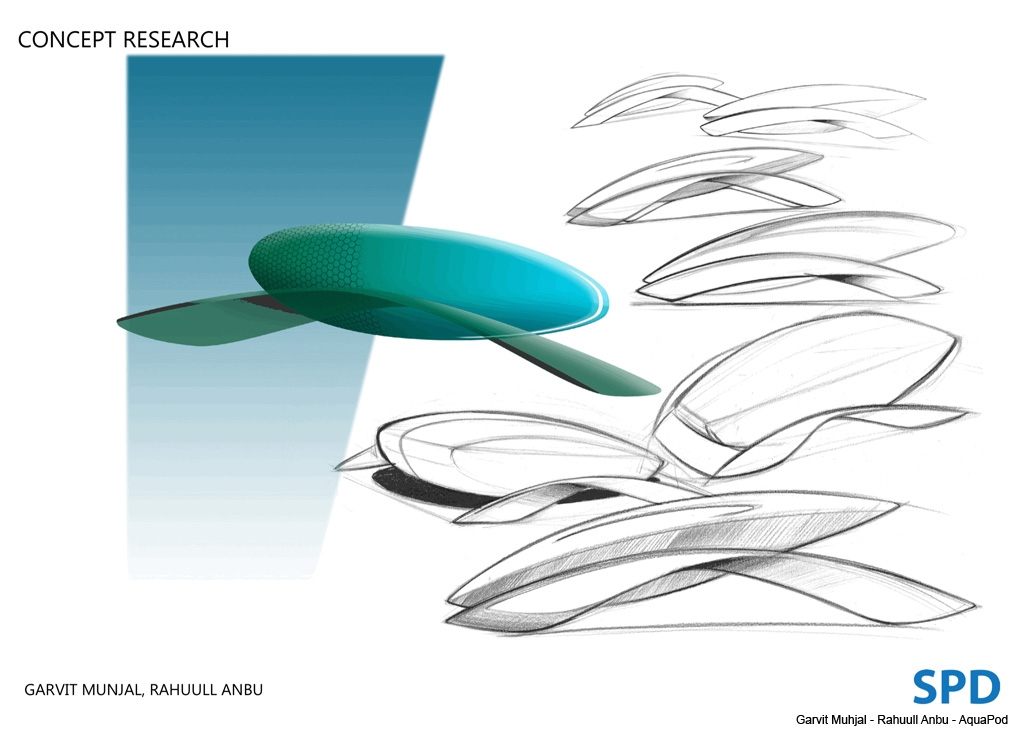
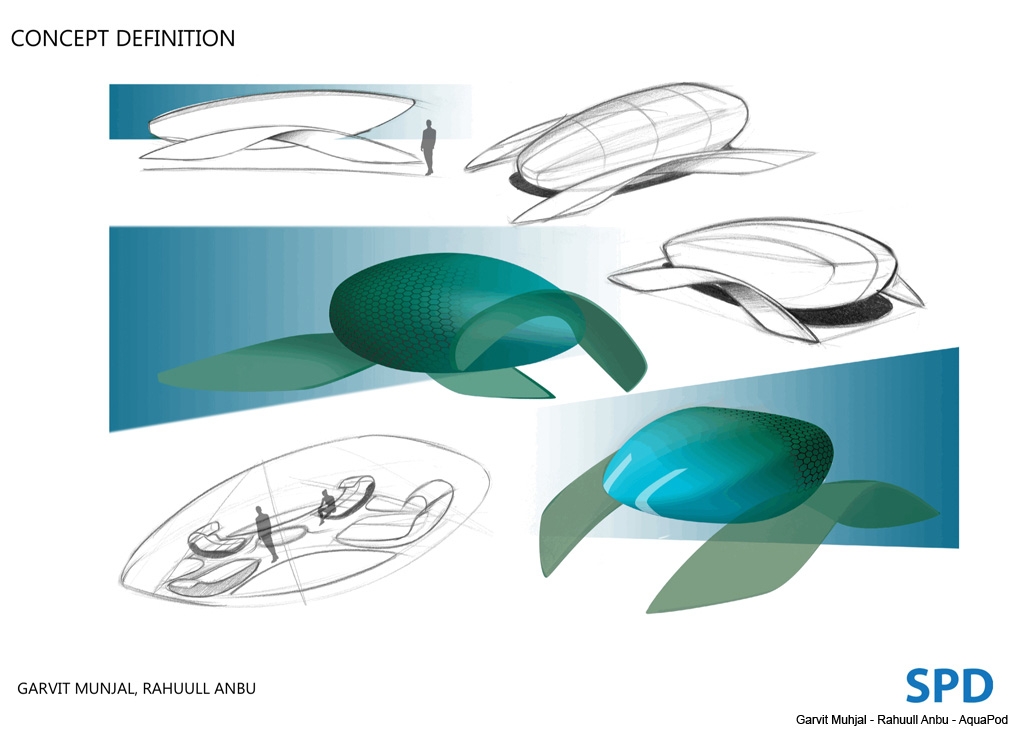
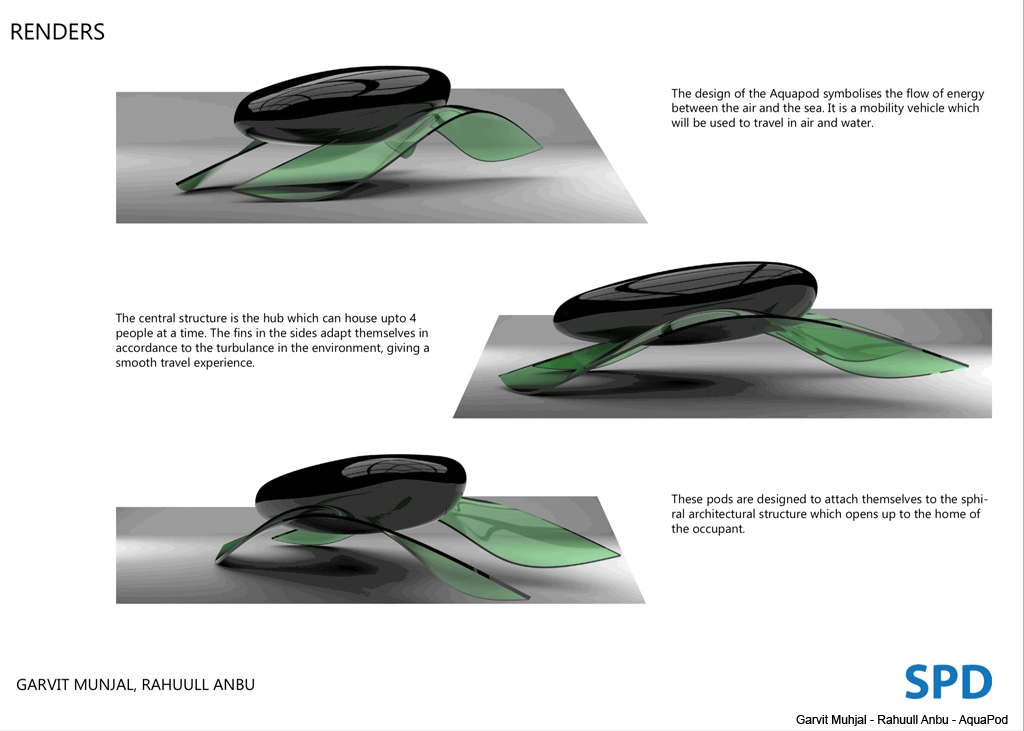
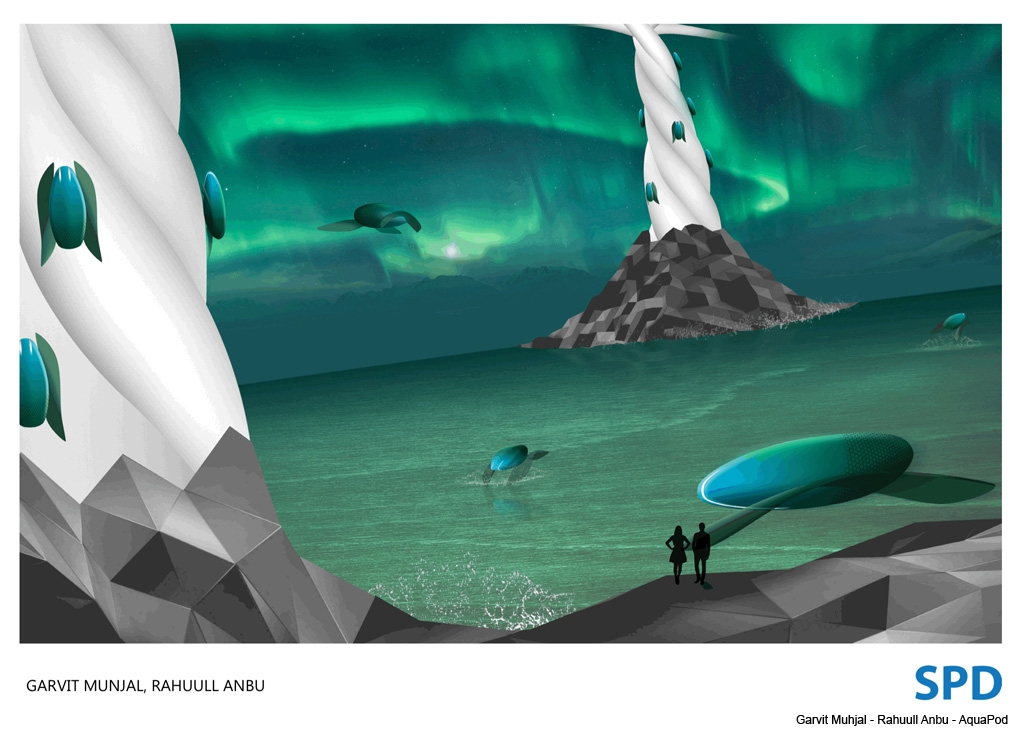

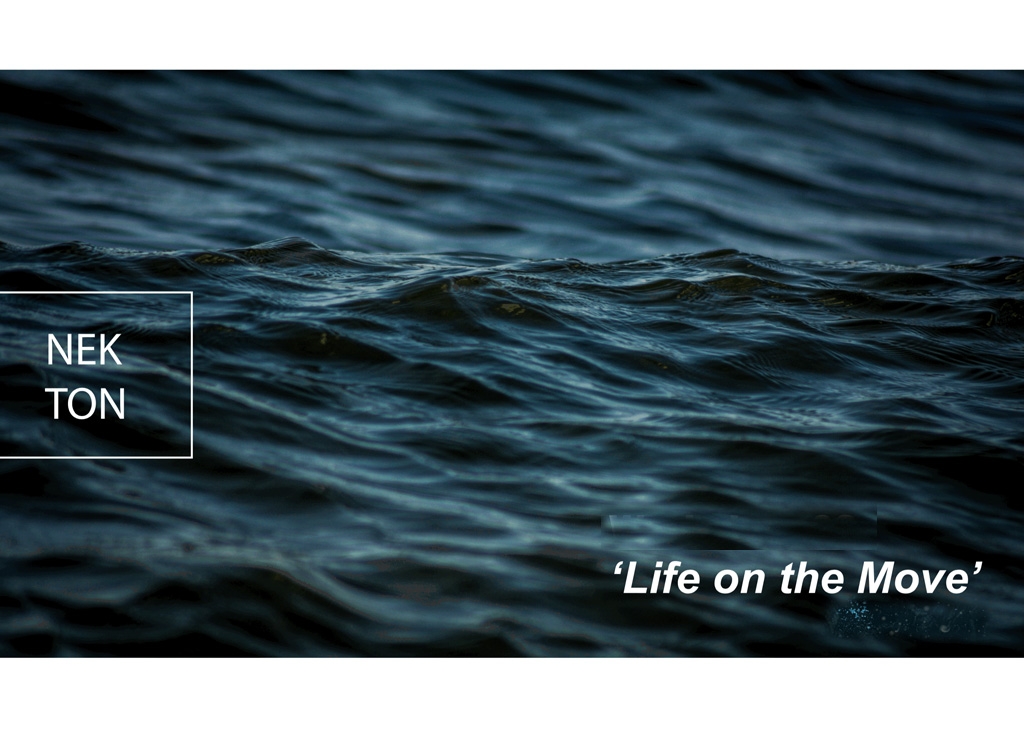
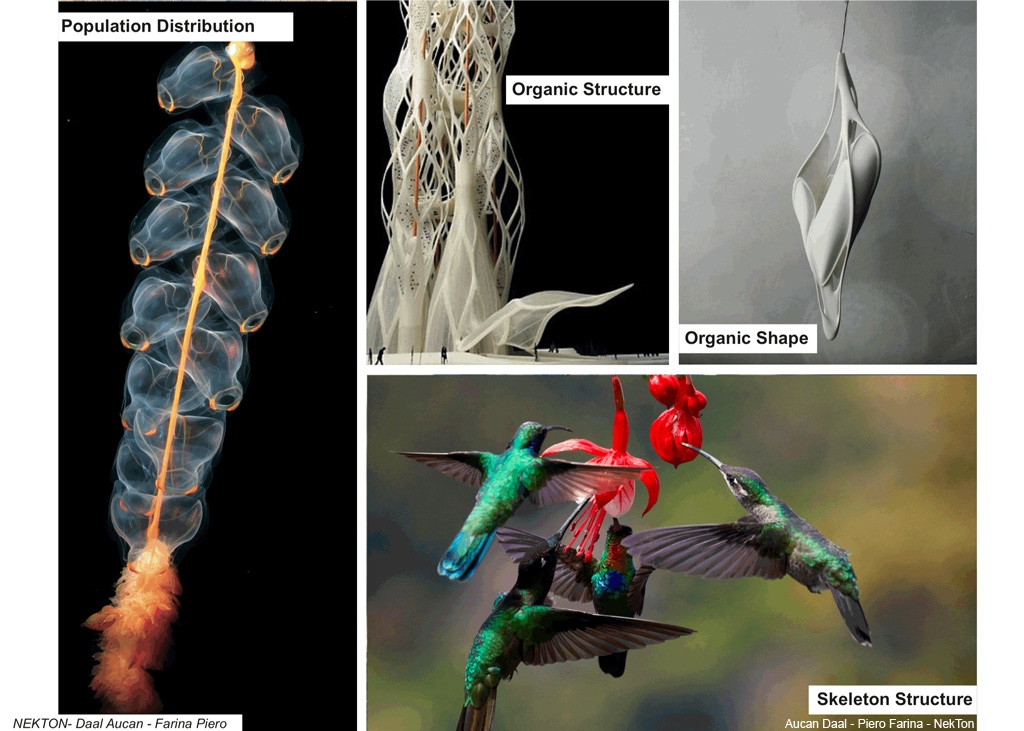
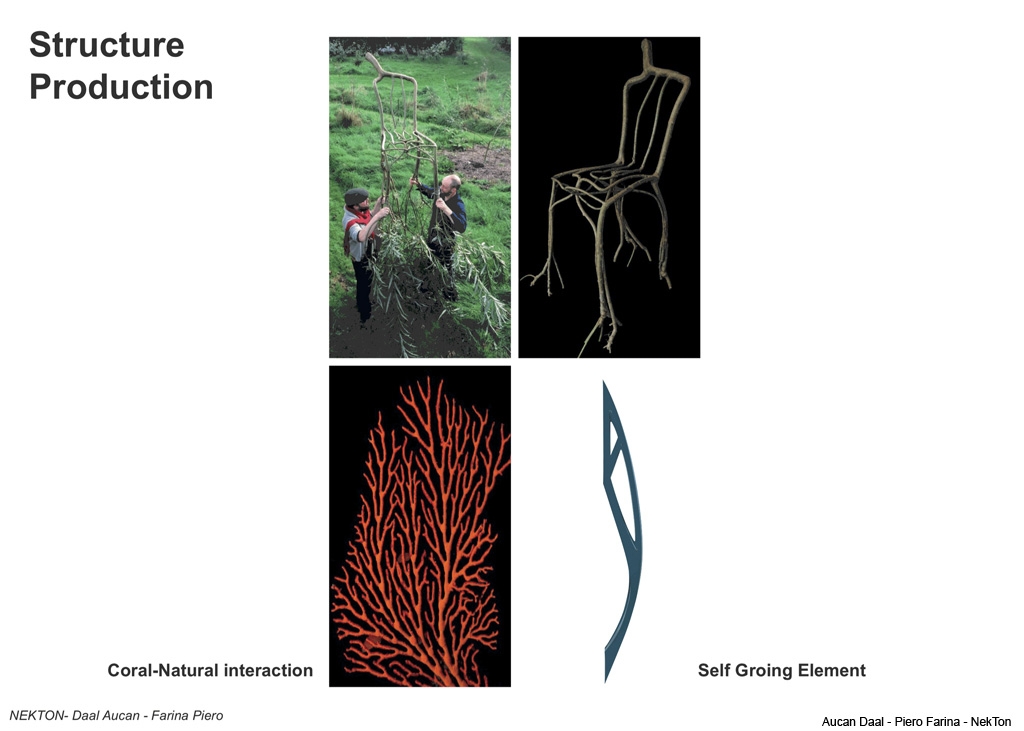

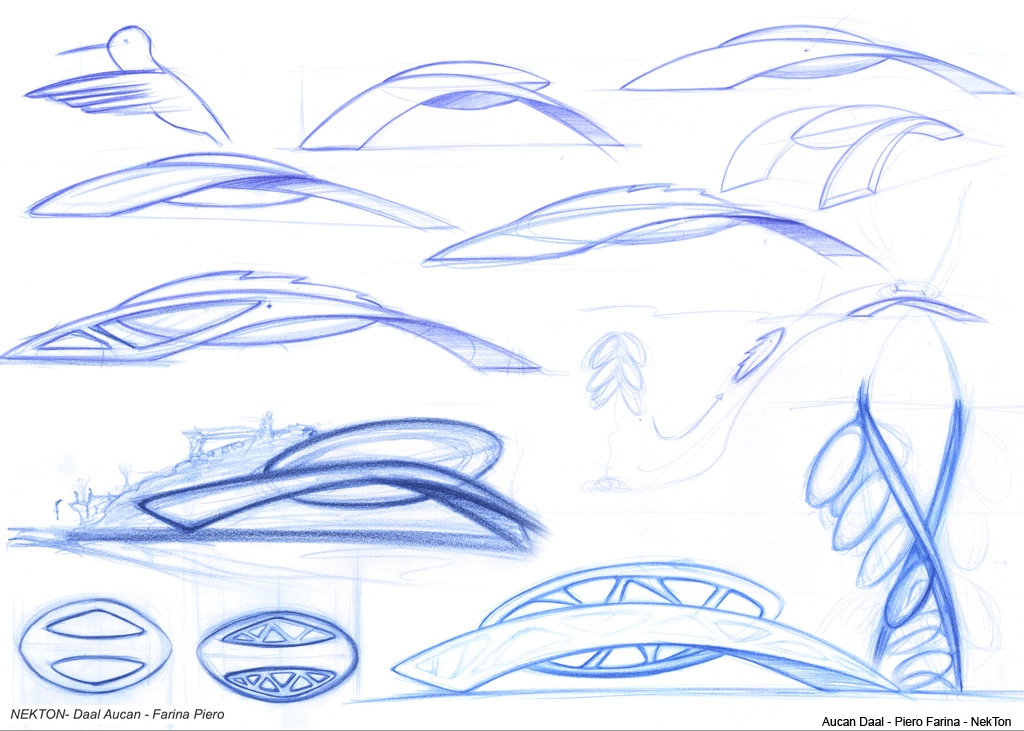
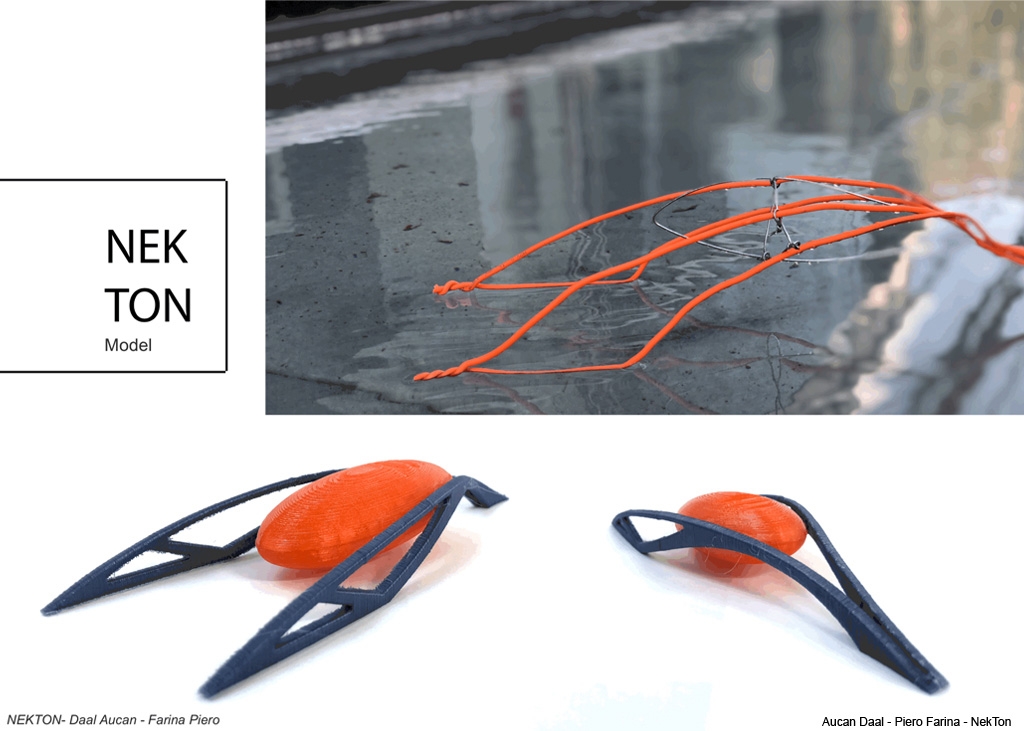


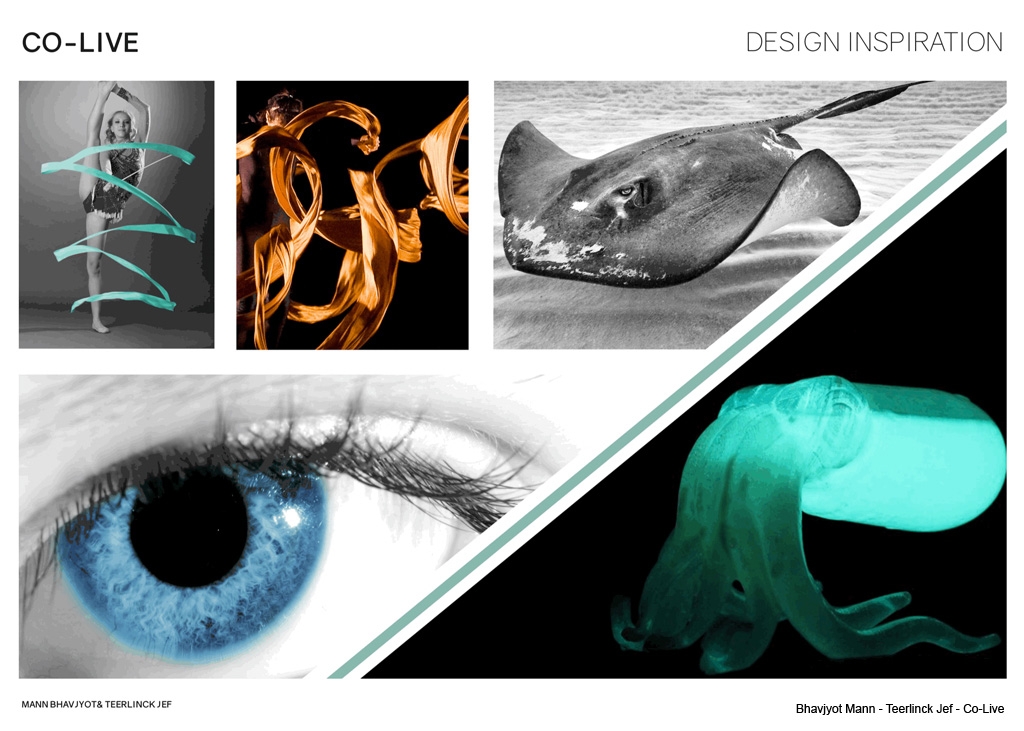
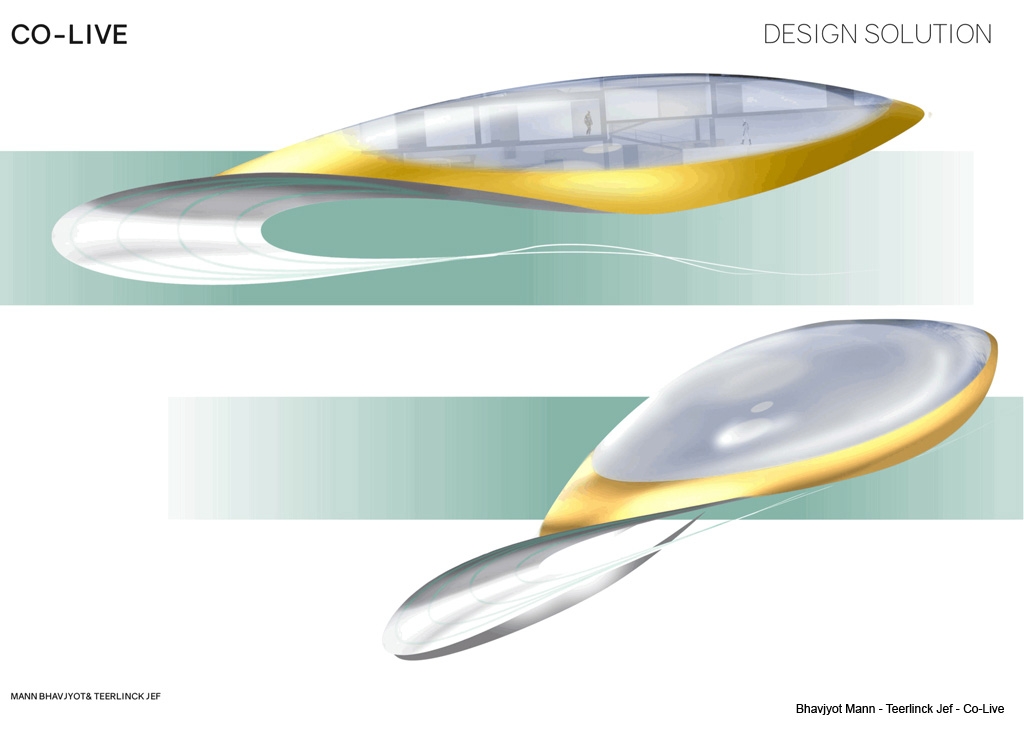
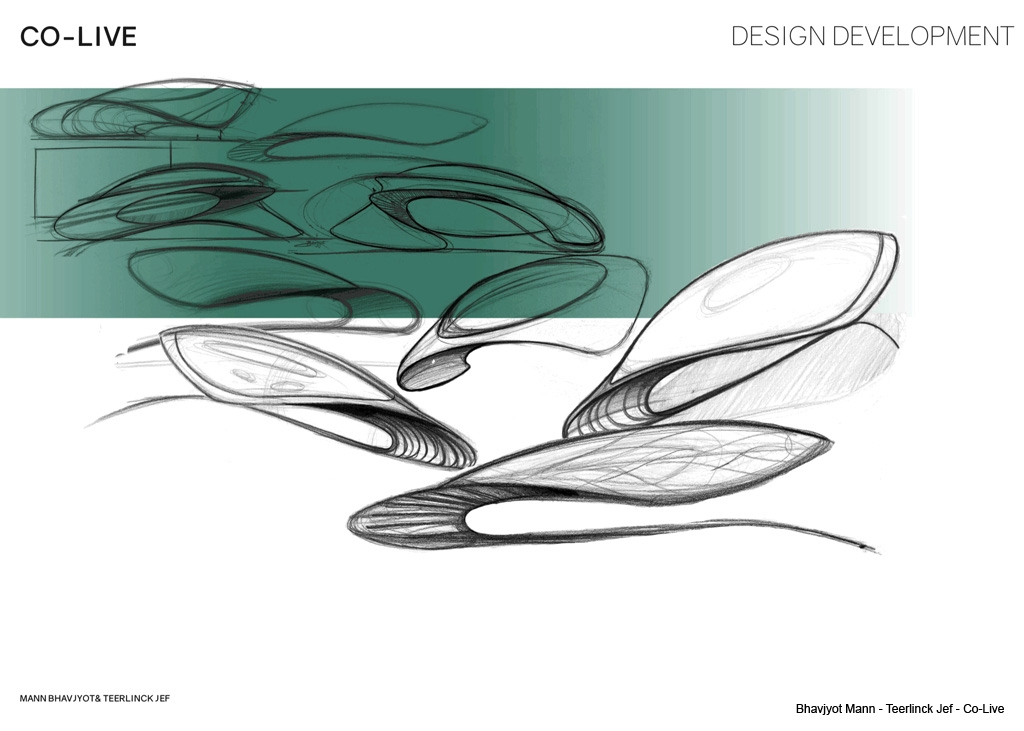
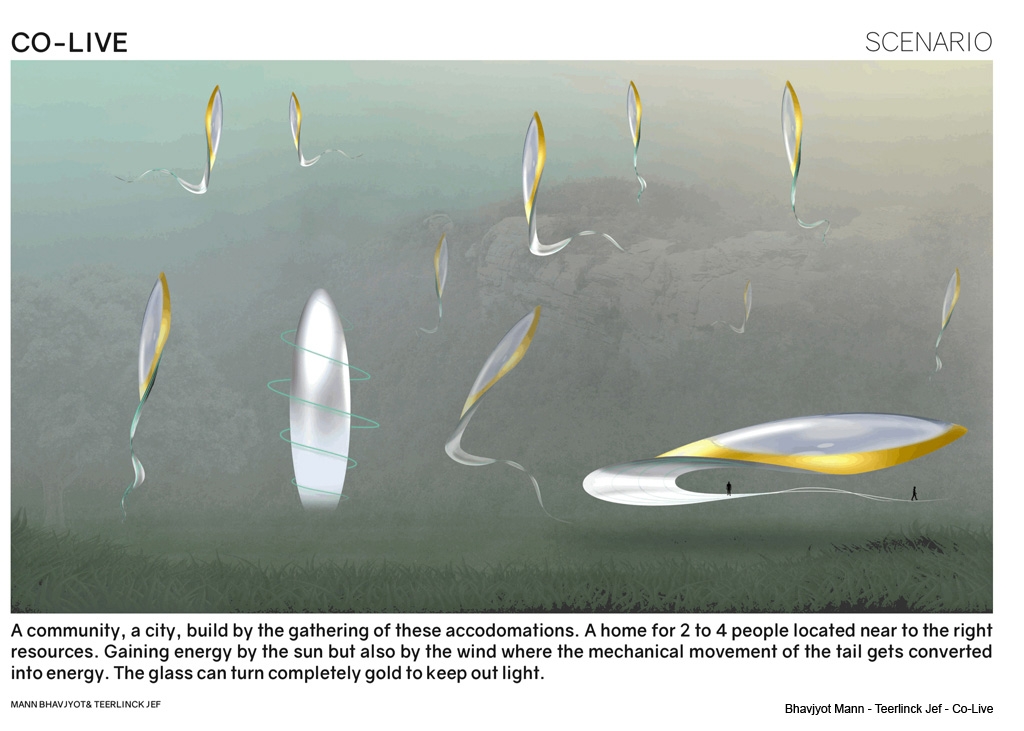
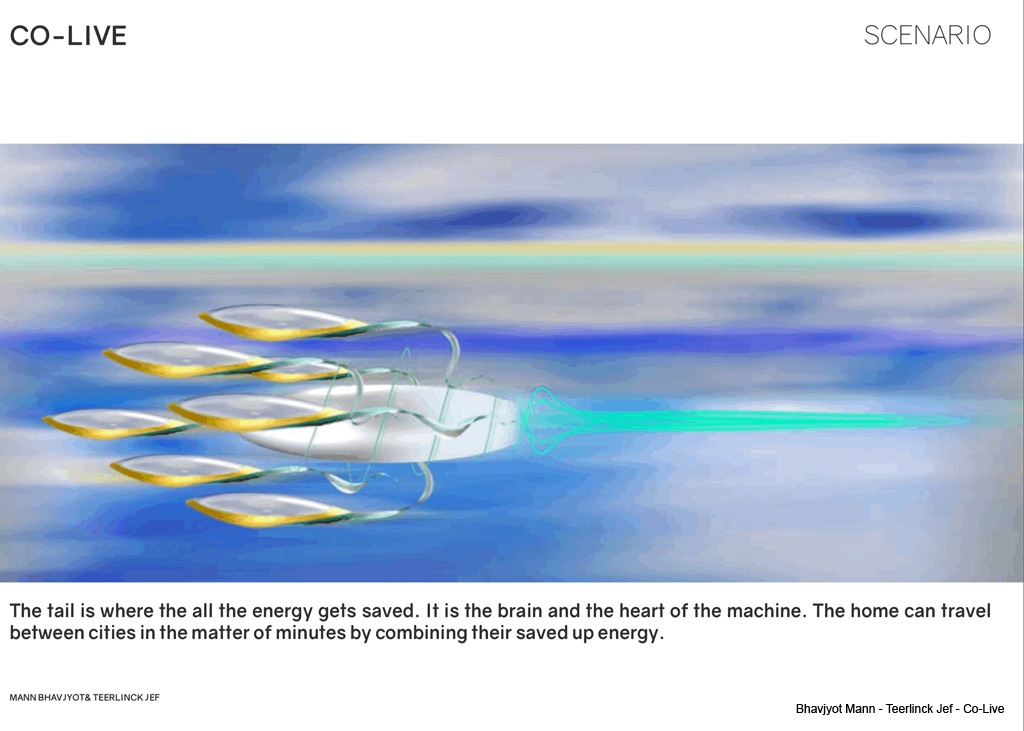
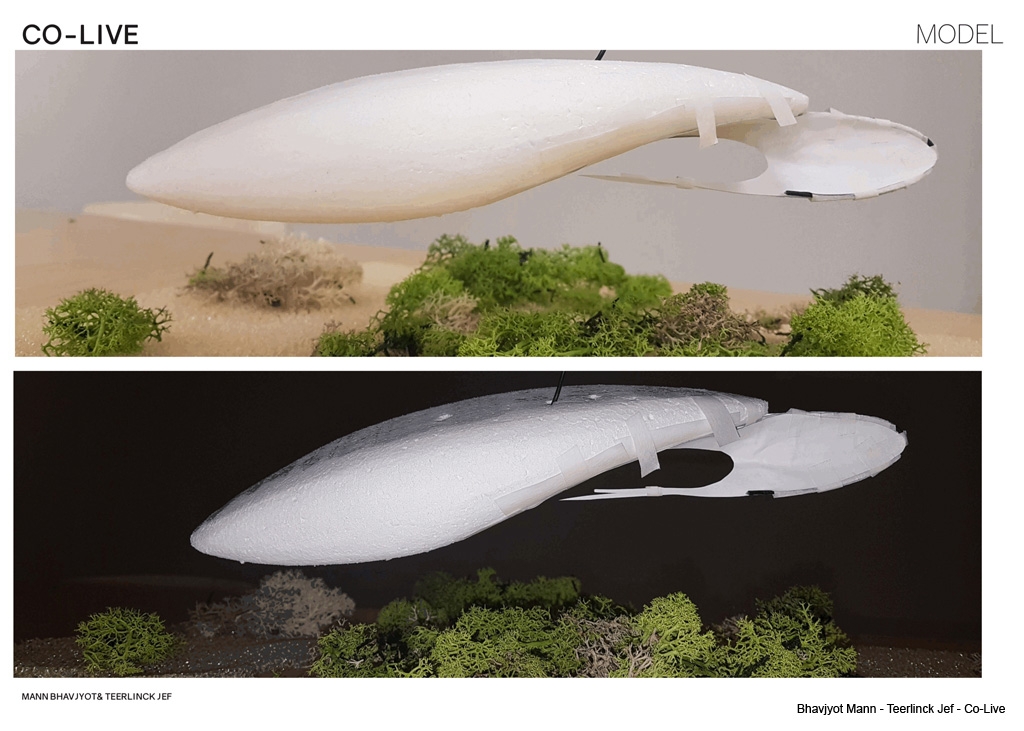

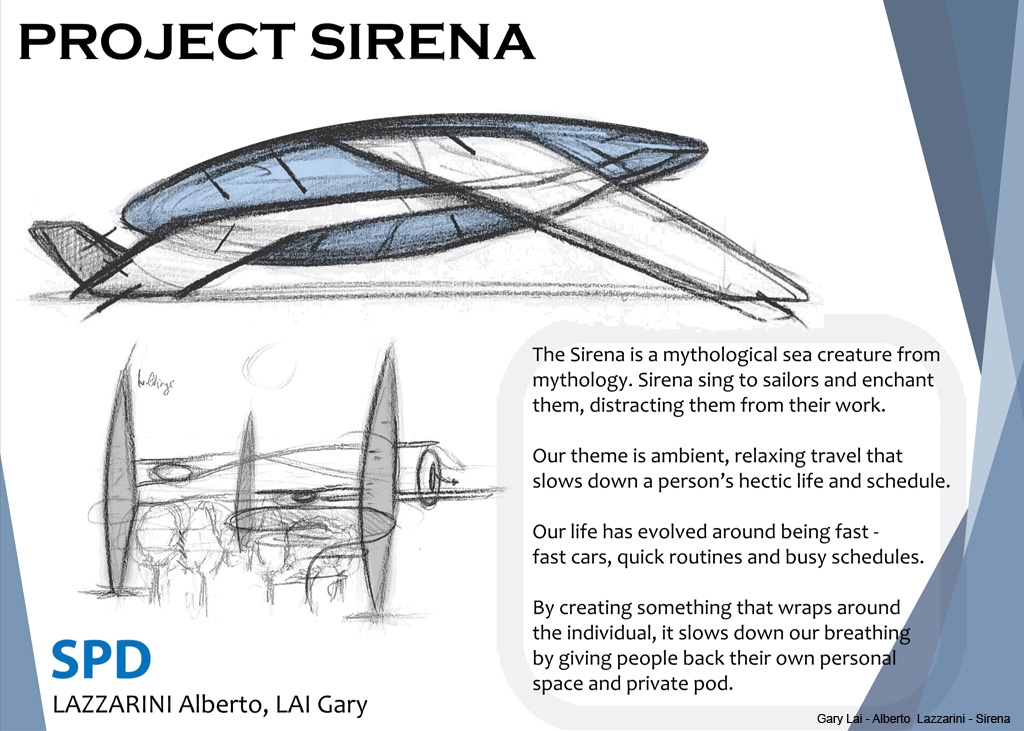
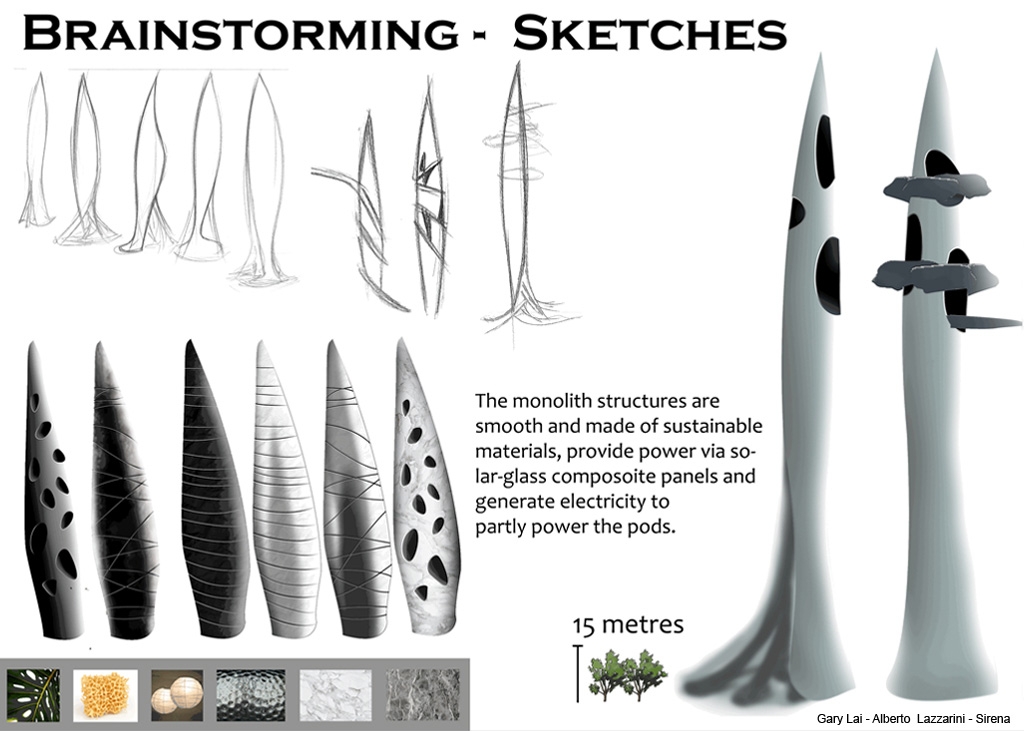




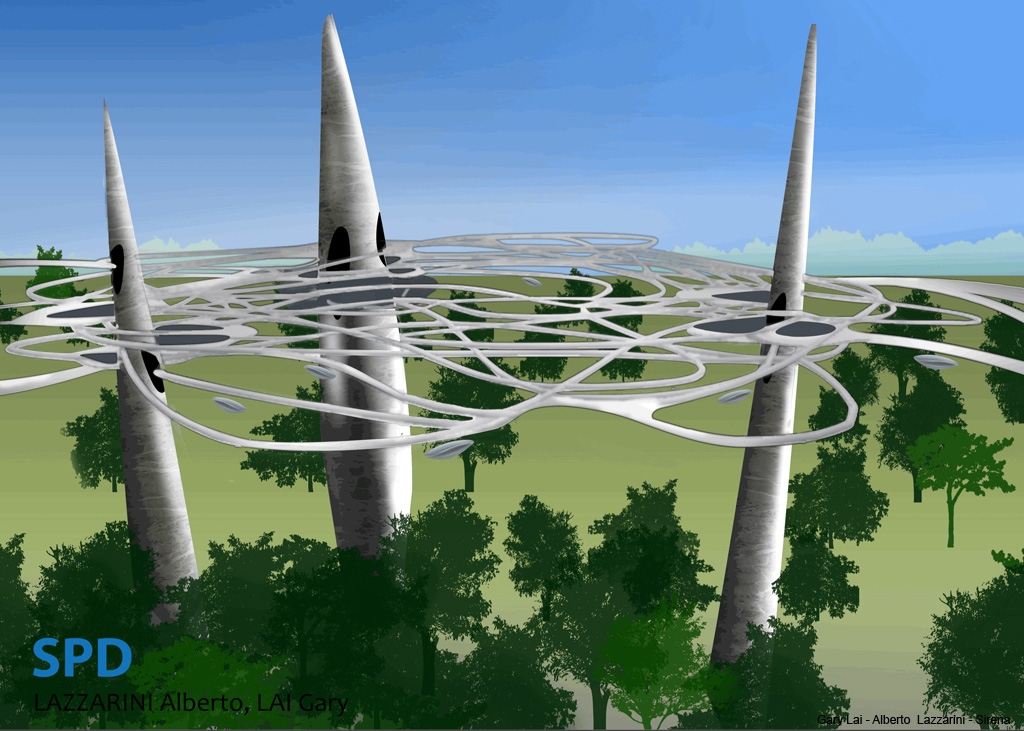
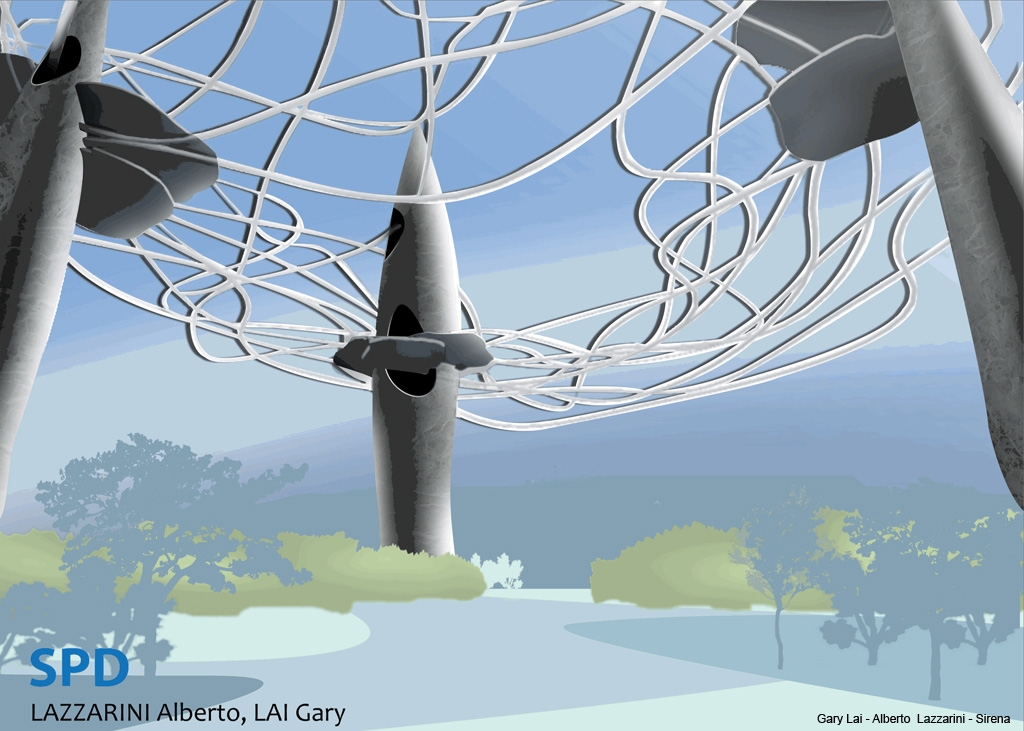



My dearest students & friends; much appreciated.